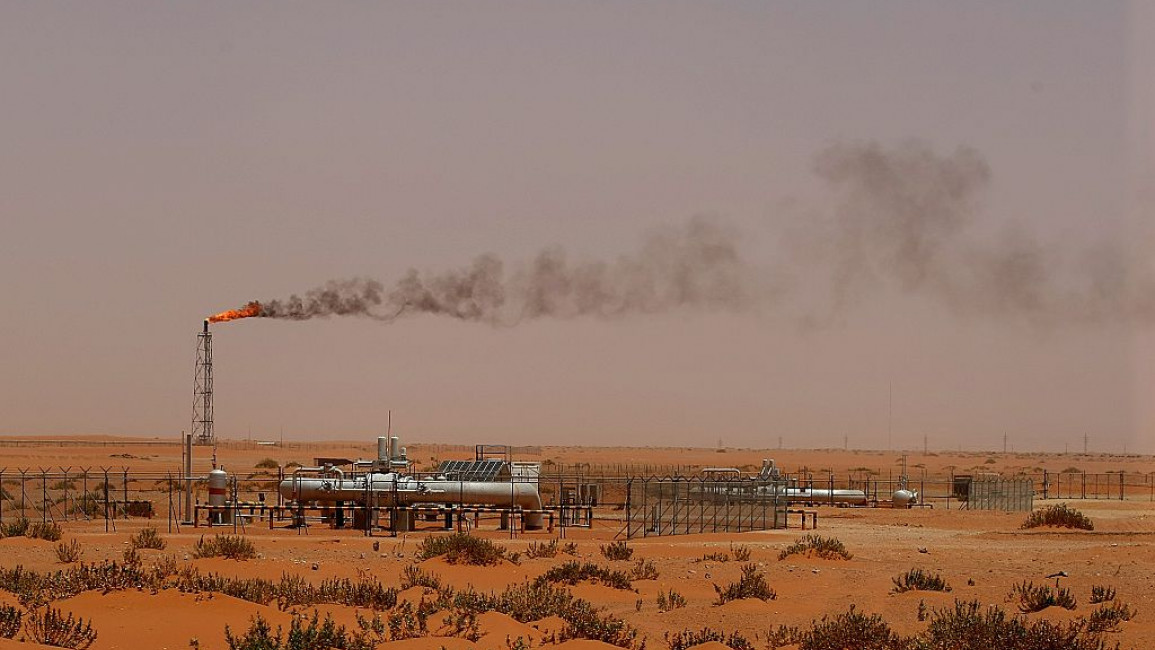OPEC and allies agree to continue planned crude output increases
The OPEC group of oil-producing countries and its allies agreed on Tuesday to maintain their planned production increases, as pandemic-hit demand for crude recovers.
The 23-nation OPEC+ alliance implemented sharp output cuts to support prices after the coronavirus pandemic crushed the global economy last year.
But since early May the cartel has started implementing more generous production increases as oil prices have recovered and the health situation improves in developed economies.
At the end of a short meeting on Tuesday which lasted barely half an hour, the group agreed to continue rises up until July adding up to 1.2 million barrels per day (bpd).
However, the alliance took no decision on what policy to follow from August onwards, and did not discuss the possibility of Iranian oil returning to the market in the coming months.
OPEC secretary general Mohammad Barkindo said Monday that the alliance's policy continues to be a "reliable and crucial tool for oil market stability".
Among OPEC's allies, Russia has been pushing for faster rises in output but traditional OPEC kingpin Saudi Arabia supports a much more cautious approach, pointing to the surge of coronavirus infections in parts of Asia.
Riyadh's caution comes after markets have been shaken by a vicious third wave of the virus that has swept through India, the world's third-biggest consumer of crude after the US and China.
Several other Asian countries have also had to adopt virus-related restrictions, representing a brake on demand.
OPEC has remained optimistic in its predictions for 2021, expecting demand to reach 96.5 million bpd, an increase of six million on 2020 levels.
This, combined with OPEC's previous policy of production restraints, means analysts expect the market to tighten sufficiently by August for demand to start outstripping supply.
This has been reflected in recent movements in crude prices.
World oil prices rose sharply as OPEC+ met, with the US WTI trading above $68 a barrel - levels unseen since October 2018.
Aside from demand, the other factor OPEC and its allies must take into account are the actions of other oil-rich states such as the world's leading producer, the United States.
Changes are also underfoot among the alliance's members themselves.
After facilities in war-torn Libya began producing again from the end of 2020, eventually adding one million bpd to the market, all eyes will be on Iran.
If negotiations in Vienna on the full revival of the 2015 nuclear deal are successful, it could lead to many economic sanctions on the Islamic republic being lifted, including the US embargo on Iranian oil exports.
If Iran were able to get back to its level of exports three years ago - when then US president Donald Trump withdrew from the nuclear deal and reimposed sanctions - it could mean an extra 1.5 million bpd coming to the market.



